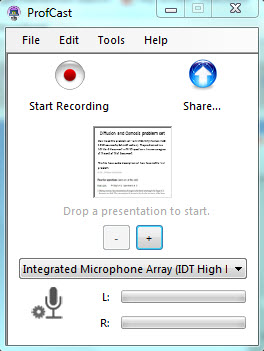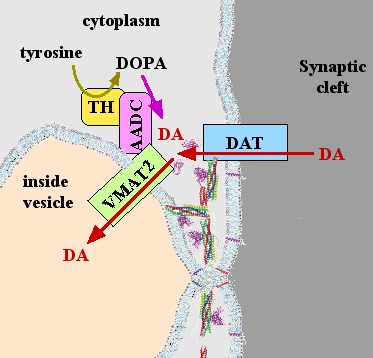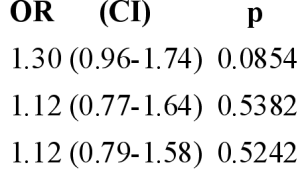
Team-Based Learning Collaborative meeting March 2-4 2011
The Conference on Team-Based Learning in Higher Education was held March 2-4, 2011.
On Tuesday there was an introductory session about the fundamentals of what constitutes a Team-Based Learning (TBL) session. I learned that it is a normal part of many TBL sessions to take some time after the Readiness Assessment Testing (RAT) for a “mini lecture” during which topics that were not well understood by the students are reviewed. Alternatively, some instructors allow students to write questions about the Readiness Assessment on a whiteboard. Other students in the class can then provide answers to those questions. The instructor can be a facilitator in helping the students work together to learn the material without giving a lecture during the TBL session.
Many institutions are using TBL with a great emphasis on a need for students to read before the TBL session. In many cases, there is NO lecture before a TBL session, only assigned reading. This often makes it more important to have a “mini lecture” after the Readiness Assessment…such “mini lectures” might be the only lectures in the course!
Many medical schools are using TBL for advanced medical students and there is an attempt to design questions that do not have a clear best answer. The objective is to model real-world situations where a physician tries to help a patient under conditions where there is incomplete or misleading diagnostic information. In many cases, the goal of the TBL session is as much to stimulate discussion and the development of collaborative problem solving skills as it is to identify the correct answer. In many situations, the application exercises are not even graded and the only goal is to stimulate the development of problem solving skills in a team.
Objectives for TBL sessions are not simply topics that are included in the session. In a medical school setting, TBL objectives are often specific types of problem solving skills that a physician needs to have. For Human Biology, the real objective of TBL sessions might often be something like, “apply basic science knowledge in topic areas A, B and C to understanding of a specific medical condition”. Can students apply their knowledge of the human body to medical problems? Another type of TBL objective might be, “Students read and understand a published journal article and are able to use the research findings reported in that article to guide patient treatment.”
Before attending the Conference on Team-Based Learning, I thought that the main goal of a TBL session was to have learning take place during discussions of application questions by team members. However, many instructors try to create ambiguous application questions that will cause several different teams to answer one question in different ways. Much of the learning then takes place when teams of students argue about their reasons for selecting different answers to the same question.
One of my major concerns about TBL is that even when a team selects the correct answer to an application question, some members of the team might not really understand why it is the correct answer. One way to assess this possibility is to identify students who missed a particular Readiness Assessment Test question and who were on a team that correctly answered a related application question. At the end of the TBL session, can even those students who missed the Readiness Assessment Test question provide an oral justification for the correct answer on the application question? The class can be warned that students who do poorly on the Readiness Assessment Test will be called on to justify their team’s answers to the application questions. This would provide strong motivation for teams to make sure that all team members understand the answers to the application questions by the end of the class.
One of the interesting research findings discussed at the meeting is the idea that student retention of information might be better when topics are learned during group discussions and team-based problem solving sessions. TBL is relatively new and not much research has been done exploring the benefits of TBL over other strategies for learning. The results of one small study presented at the meeting suggested that lower quartile students might benefit the most from TBL. Each institution probably needs to have its own on-going research to objectively determine that TBL actually has benefits for its students.
An interesting part of the Conference was that it provided me with my first opportunity to take part in TBL sessions as a “student”. The Conference workshops were formatted so as to include workshop participants in TBL sessions. While watching teams of medical students during the past two quarters I have had doubts about the optimal size of teams. My personal experience at the Conference enforced the feeling that I have had from watching teams try to have discussions. I doubt if 7 students if optimal for allowing team discussions. I spoke to many instructors who use smaller teams (4-5). I’d like to hear from students about this issue (team size) and any other ideas for how to improve TBL sessions in Human Biology.
Image credits. Planet Hollywood Las Vegas by Juan David Ruiz (Creative Commons Attribution 2.0 Generic).













